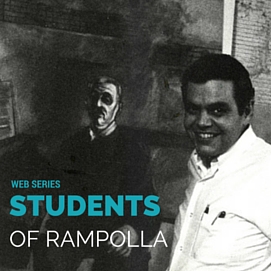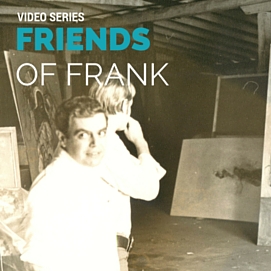The art is nearly interchangeable with the memory of the man. The boldness and bravura of the paint, the Mediterranean intensity and application to life, the extreme sensitivity to the pain and outrage inflicted on humanity, and the heroic proportions of it all satisfy a need in a time distinguished by its lack of heroes.
Rage, obscenity, torment, fear, hatred, brutality, have always been inflicted privately and publicly as well as individually and collectively, by our kind upon our kind. Frank considered such damage to his fellows as a personal injury and translated this into a public statement by use of paint, bronze or ink. Then, even more than now, his statements were frequently hard for many to accept. The resulting criticism and efforts at censorship (sometimes resulting in the removal of his works from exhibition) were accepted by him as necessary and predictable hazards of the profession.
The power of Frank Rampolla’s works to move us does not, however, lie in sheer emotion alone. He readily acknowledged, both verbally and in the works themselves, his debts to his classical antecedents. He was also a highly trained, and fantastically skilled draftsman. His keen interest in literature and music (he owned and played several antique organs) is also reflected in the richness of his work.
Finally, he satisfied all of the historical obligations of the artist. His personal mastery of every traditional medium provided him with the means to be a most effective teacher. His influences are to be seen among the many students who were fortunate enough to receive his instruction.
Robert Sindelir




